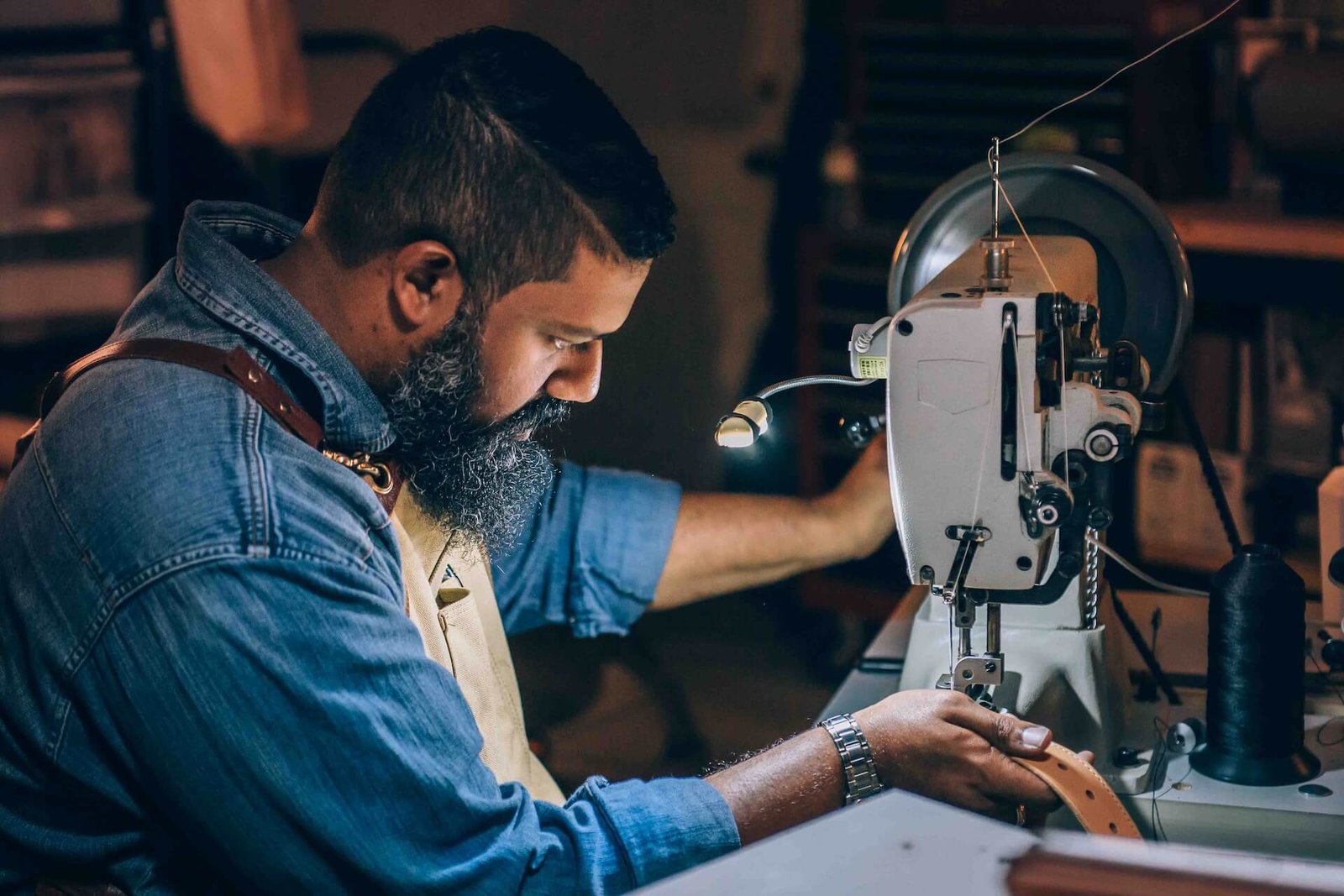Clothing production involves various processes by the clothing production factory and house that can differ depending on the type of garment, the materials used, and the production method. Some of the common processes involved in clothing production include:
- Design: This process involves creating the concept or idea for a garment, and includes research, sketching, and creating technical drawings.
- Pattern Making: A pattern is created based on the design, and it is used as a template for cutting the fabric.
- Cutting: The fabric is cut according to the pattern using either manual or automated cutting machines.
- Sewing: The pieces of fabric are sewn together to create the final garment. This can be done manually or using automated sewing machines.
- Finishing: The finished garment is inspected, and any necessary finishing touches, such as buttons, zippers, or hemming, are added.
- Quality Control: This process involves checking the garment to ensure that it meets the required standards for quality, sizing, and construction.
- Packing and Shipping: The finished garments are packed and shipped to retailers or customers.
Overall, apparel production involves a complex series of processes that require coordination and management to ensure the timely and efficient production of high-quality garments.
Mass production of clothing began during the Industrial Revolution in the 18th and 19th centuries, as textile and garment factories were established in India, Europe and North America. The use of machinery, such as the spinning jenny and power loom, allowed for the mass production of textiles, which in turn made the mass production of clothing possible. The first clothing production factory was established in the late 18th century by Richard Arkwright, who invented the water frame spinning machine. This led to the development of cotton mills and the mechanization of the textile industry, which made the production of apparel faster, cheaper, and more efficient. Since then, clothing production house has evolved with the development of new technologies and innovations, such as computer-aided design, automated cutting machines, and advanced sewing machines.




